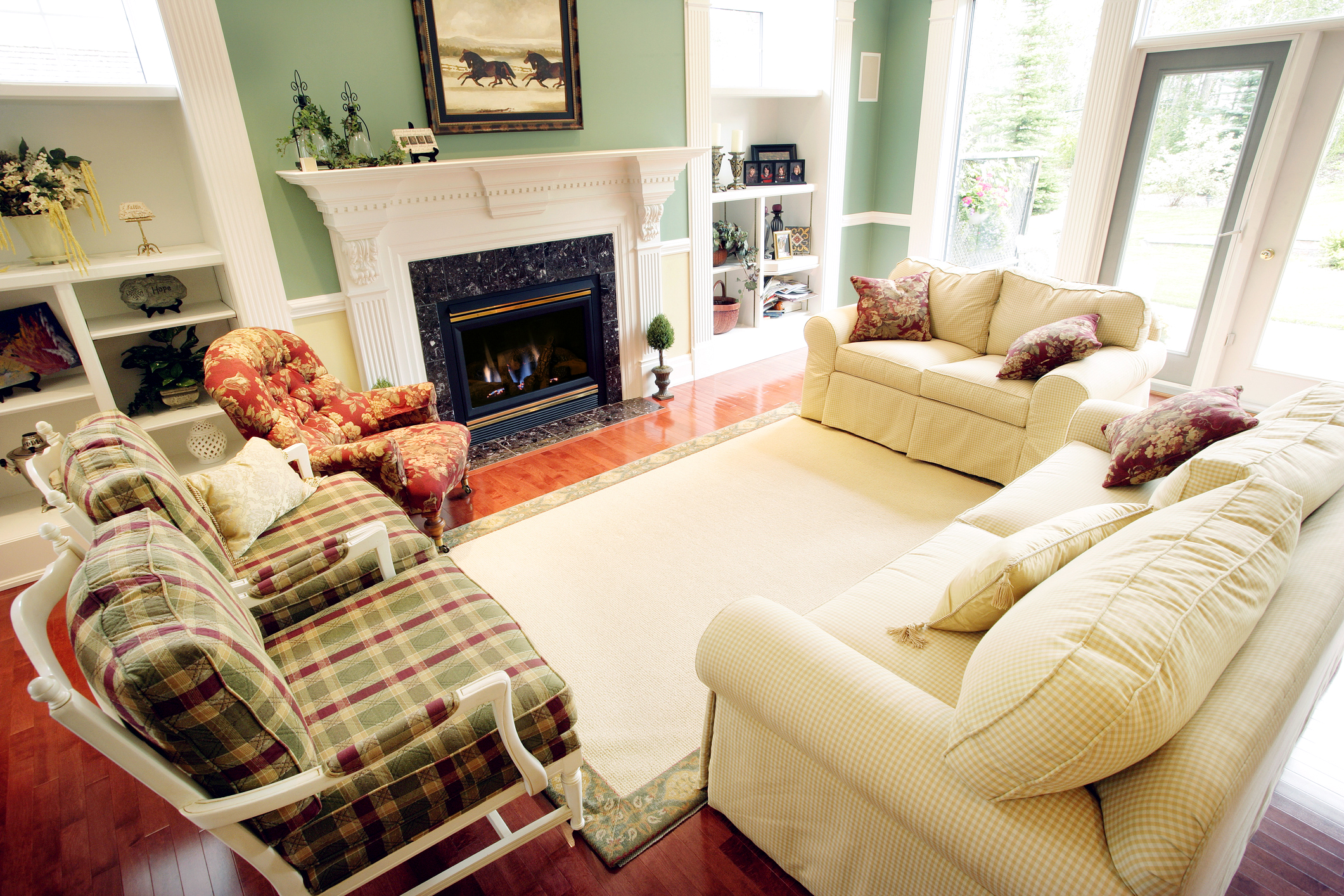

Articles
How To Set Up Furniture In Living Room
Modified: January 19, 2024
Learn how to set up your furniture in your living room with our helpful guide. Get tips and ideas on arranging your furniture for maximum comfort and style.
(Many of the links in this article redirect to a specific reviewed product. Your purchase of these products through affiliate links helps to generate commission for Storables.com, at no extra cost. Learn more)
Introduction
Setting up furniture in a living room is an exciting and creative process that can transform the space into a comfortable and inviting area for relaxation and entertainment. Your living room serves as a central hub for family gatherings, socializing with friends, and unwinding after a long day. To make the most of this versatile space, it is crucial to carefully plan and arrange the furniture to maximize comfort, functionality, and aesthetic appeal.
In this article, we will guide you through the process of setting up furniture in your living room, step by step. Whether you’re starting from scratch or looking to revamp your existing layout, these tips will help you create a harmonious and well-designed space that suits your needs and personal style.
Before diving into the specifics, it is important to evaluate your living room space and consider its dimensions, layout, and existing architectural features. Understanding these factors will serve as a foundation for making informed decisions about furniture selection, placement, and arrangement.
Now, let’s get started with the first step: assessing the living room space.
Key Takeaways:
- Create a harmonious living room by assessing space, choosing the right furniture, and arranging it thoughtfully to enhance comfort, functionality, and aesthetic appeal.
- Infuse your living room with personality by adding personal touches, optimizing lighting, and considering traffic flow to create a welcoming and inviting space that reflects your unique style and enhances the overall ambiance.
Read more: How To Organize Furniture In The Living Room
Step 1: Assessing the Living Room Space
Before you begin setting up furniture in your living room, it’s essential to assess the space available. This step will help you determine the size and scale of furniture pieces that will fit comfortably in the room.
Start by measuring the dimensions of your living room, including the length and width of the walls, as well as the height of the ceiling. Take note of any architectural features such as windows, doors, or built-in elements that may impact furniture placement.
Next, consider the functionality of the space. Is your living room primarily used for entertaining guests, watching TV, or as a multipurpose area? Understanding the primary purpose of the room will help you make informed decisions about the type of furniture you need.
It’s also crucial to consider the traffic flow within the room. Think about how people enter and move through the space. Ensure there is enough clearance around furniture items to navigate comfortably without obstruction.
Take into account any existing focal points, such as a fireplace, large window, or stunning view. These features can inform furniture placement and help create a cohesive and visually appealing layout.
Lastly, consider the overall style and ambiance you want to create in your living room. Do you prefer a cozy and traditional feel, or a more modern and minimalist look? Understanding your preferred aesthetic will guide your furniture selection and arrangement decisions.
By assessing your living room space thoroughly, you can ensure that the furniture you choose fits well, promotes efficient traffic flow, and enhances the overall style of the room. Once you’ve completed this step, you’re ready to move on to the next phase: choosing the right furniture pieces.
Step 2: Choosing the Right Furniture Pieces
Choosing the right furniture pieces for your living room is a crucial step in creating a comfortable and functional space. It’s important to consider both style and practicality when selecting furniture that suits your needs and complements the overall design of the room.
Start by determining the essential furniture items you need in your living room. The most common staples include a sofa, chairs, coffee table, and an entertainment center or TV stand. Additional pieces like side tables, bookshelves, and storage cabinets can be added based on your specific requirements.
Consider the size and scale of the furniture pieces in relation to your living room space. If you have a small room, opt for smaller-scale furniture that won’t overwhelm the area. Conversely, if you have a spacious living room, you can go for larger pieces to fill the space adequately.
Think about the style and design aesthetic you want to achieve. Are you drawn to modern and sleek furniture, or do you prefer a more traditional and cozy look? Consider the existing decor in your home and choose furniture that complements that style.
Pay attention to the materials and finishes of the furniture pieces. Opt for durable and easy-to-maintain materials, especially if you have children or pets. Upholstery fabrics should be selected based on the level of comfort and practicality you desire.
Consider the functionality of the furniture. For example, choose a sofa with sufficient seating capacity for your household and guests. Look for chairs that offer both comfort and style. The coffee table should be proportionate to the seating area and provide space for storing or displaying items.
Lastly, keep your budget in mind when selecting furniture pieces. Set a realistic spending limit and look for options within that range. Don’t forget to consider the quality and durability of the furniture, as investing in well-made pieces can save you money in the long run.
By carefully choosing the right furniture pieces, you can ensure that your living room is both visually appealing and functional. Once you have selected your furniture, it’s time to move on to the next step: arranging the sofa and chairs.
Step 3: Arranging the Sofa and Chairs
The sofa and chairs are the focal point of any living room, and how you arrange them can greatly impact the overall layout and flow of the space. When arranging these furniture pieces, it’s essential to consider both comfort and visual appeal.
Start by positioning the sofa. In most cases, the sofa should be placed against a wall or in a central location, facing the main focal point of the room, such as a fireplace or TV. This setup creates a sense of balance and symmetry while maximizing seating capacity.
Next, arrange the chairs. Depending on the size of your living room and the number of seating options you require, you can place one or two chairs opposite the sofa or on either side of it. This arrangement encourages conversation and creates an inviting seating area.
Consider the traffic flow within the room when arranging the sofa and chairs. Ensure there is enough space for people to move around and access other areas of the room without obstruction. Leave adequate space between furniture pieces while maintaining a cozy and intimate atmosphere.
Pay attention to the overall visual aesthetics of the arrangement. Position the sofa and chairs in a way that creates a harmonious and balanced composition. If you have a small living room, choose smaller-scale furniture or sectional sofas that can fit snugly without overwhelming the space.
Don’t be afraid to experiment with different arrangements until you find the one that works best for your living room. Consider the natural flow of conversation and the positions with the best view of the TV or other focal points when finalizing the arrangement.
If you have extra seating options, such as ottomans or accent chairs, position them strategically to provide additional seating or create a cozy reading nook. These pieces can also be used to add visual interest and create layers within the room.
By thoughtfully arranging your sofa and chairs, you can create a comfortable and visually appealing seating area that serves as the centerpiece of your living room. Once you have accomplished this step, it’s time to move on to positioning the coffee table and side tables.
Step 4: Positioning the Coffee Table and Side Tables
The coffee table and side tables play a crucial role in both functionality and aesthetics in your living room. The positioning of these furniture pieces can enhance the overall layout and provide convenient surfaces for various uses.
Start by placing the coffee table in a central location within reach of the seating area. The size of the coffee table should be proportionate to the sofa and chairs, allowing enough space for movement around it. Consider the height of the coffee table, ensuring it complements the seating height and is easy to reach from all sides.
When positioning the coffee table, think about how it will be used. If you often entertain guests or need additional storage, you may prefer a coffee table with shelves or drawers. If you have limited space, consider opting for a smaller or multi-functional coffee table, such as one with a lift-top or nesting tables, to maximize functionality.
In addition to the coffee table, place side tables next to sofas and chairs to offer convenient surfaces for placing drinks, books, or decorative items. Position them at a comfortable arm’s reach from the seating area. Make sure the height of the side tables matches the seating height for easy access.
If you have a large living room or multiple seating areas, consider adding multiple side tables strategically throughout the space. This not only provides additional functionality but also creates balance and symmetry in the room.
While positioning these tables, be mindful of the overall flow and accessibility of the room. Ensure there is enough space for people to move around without bumping into the coffee table or side tables.
Consider the style and design of the coffee table and side tables, ensuring they complement the overall aesthetic of your living room. Pay attention to the material, finish, and shape of these pieces to create a cohesive look with the rest of the furniture.
Lastly, utilize the surfaces of these tables to display decorative items, such as vases, books, or decorative trays. These elements can add personality and style to the room while keeping the space functional and organized.
By positioning the coffee table and side tables thoughtfully, you can create a well-balanced and functional living room layout. With these essential pieces in place, it’s time to move on to the next step: placing the entertainment center or TV stand.
Read more: How To Arrange Furniture In Living Room
Step 5: Placing the Entertainment Center or TV Stand
The entertainment center or TV stand serves as the focal point of your living room, especially if you enjoy watching movies or television shows. Proper placement of these furniture pieces is essential for an optimal viewing experience and overall room aesthetics.
Start by determining the ideal location for the entertainment center or TV stand. Consider the visibility, comfort, and functionality when deciding the placement. The most common option is to position it against a wall, preferably centered to allow easy viewing from different seating areas.
Ensure that the TV is at an optimal height and distance from the seating area. The height should be comfortable for viewing without straining the neck, and the distance should provide an immersive viewing experience. Consider the size of your TV and adjust the placement accordingly.
Clear any obstacles that may obstruct the view, such as large furniture or decorative elements. Ensure that there’s enough wall space for the TV without being overwhelmed by other items.
If you prefer a minimalist aesthetic, you can opt for a wall-mounted TV. This not only saves space but also creates a sleek and modern look. However, make sure to follow proper installation guidelines and consider cable management for a clean and organized appearance.
Once you’ve positioned the TV stand or entertainment center, consider the storage options it provides. Some units come with shelves, drawers, or cabinets for additional storage of media devices, DVDs, or other electronics. Utilize these storage spaces to keep your living room organized and clutter-free.
Take into account the wiring and connectivity of your entertainment system. Ensure that there are easy access points for cables and outlets. Consider using cable management solutions to keep cords hidden and organized for a neat and streamlined look.
Finally, consider the overall aesthetics of the entertainment area. Choose a TV stand or entertainment center that complements the style of your living room furniture. You can add decorative elements, such as framed artwork or plants, surrounding the TV to create a visually pleasing arrangement.
By placing the entertainment center or TV stand in a strategic location, you can create a comfortable and visually appealing setup for your living room. With this step completed, it’s time to move on to step 6: organizing additional furniture or decorative elements.
When setting up furniture in a living room, start by creating a focal point, such as a fireplace or TV. Arrange seating to encourage conversation and ensure there is a clear pathway for traffic flow. Consider the function of the space and choose furniture that fits the scale of the room.
Step 6: Organizing Additional Furniture or Decorative Elements
After arranging the main furniture pieces in your living room, it’s time to organize additional furniture or decorative elements to enhance the overall aesthetic and functionality of the space.
Consider any additional furniture pieces you may need based on your lifestyle and preferences. This could include items such as bookshelves, storage cabinets, or display units. Place these pieces strategically to optimize storage and add visual interest to the room.
When positioning bookshelves or storage cabinets, think about the placement in relation to the overall layout. You can choose to have them against a wall or create a separate reading or display area in a corner of the room. Ensure they are proportionate to the size of the living room and don’t overpower the space.
Take into account the functionality of these additional furniture pieces. Bookshelves can be used not only for organizing books but also for displaying decorative items and personal mementos. Storage cabinets can hide clutter and keep the room looking tidy.
Pay attention to the style and design of these furniture pieces to ensure they blend well with the existing furniture in the room. Cohesion in style will create a seamless and harmonious look throughout the living room.
In addition to furniture, consider incorporating decorative elements like artwork, mirrors, or plants. These elements can add personality, texture, and visual interest to the space.
Avoid overcrowding the room with too many decorative pieces. Instead, choose a few key items that complement the style of your living room. Place artwork on designated walls to create focal points, hang mirrors to open up the space and reflect natural light, and add plants to bring freshness and a touch of nature to the room.
Ensure that the placement of these decorative elements does not interfere with the functionality of the furniture or obstruct the view. Create a sense of balance and visual flow by distributing these elements thoughtfully throughout the room.
Remember to periodically assess and edit the arrangement of additional furniture and decorative elements. As your needs and style evolve, you may need to make adjustments or introduce new pieces to keep the space fresh and inspiring.
By organizing additional furniture and decorative elements in a thoughtful and intentional manner, you can elevate the overall design and functionality of your living room. With this step complete, it’s time to move on to step 7: creating a focal point in the room.
Step 7: Creating a Focal Point in the Room
A focal point is a captivating element in your living room that draws attention and serves as a visual anchor for the space. It adds depth and interest to the room and allows you to showcase your personal style. Creating a focal point can be achieved through various elements such as a statement piece of furniture, artwork, or a striking architectural feature.
Begin by assessing the existing architectural features of your living room. If you have a fireplace, large windows with a beautiful view, or unique architectural details, these can serve as natural focal points. Position your furniture and arrange decorative elements in a way that emphasizes and enhances these features.
If your living room doesn’t have prominent architectural features, you can create a focal point with a statement piece of furniture. This could be a bold and eye-catching sofa, an intricately designed coffee table, or a unique light fixture. Choose an item that reflects your style and becomes the center of attention in the room.
Another popular method of creating a focal point is through artwork. Hang a large painting, a gallery wall, or a striking sculpture on a specific wall to draw the eye and add personality to the room. Ensure the artwork is properly positioned, taking into consideration the height and placement in relation to the furniture and overall layout.
Pay attention to the color scheme and materials used in the focal point. It should stand out from the rest of the room while harmonizing with the overall design. Consider using contrasting colors or textures that complement the surrounding space.
Illumination can also play a significant role in highlighting your focal point. Use appropriate lighting fixtures, such as spotlights or accent lights, to showcase the focal point and create a captivating ambiance. Adjust the lighting intensity to create the desired effect and ambiance in the room.
Remember that creating a focal point doesn’t mean overpowering the rest of the room. It should enhance the overall aesthetics and balance with the other elements. Don’t overcrowd the space with multiple competing focal points as it can create visual confusion.
By creating a focal point in your living room, you can inject personality and visual interest into the space. A well-selected focal point serves as a conversation starter and sets the tone for the overall design. Once you have established a focal point, it’s time to move on to step 8: considering traffic flow and accessibility.
Step 8: Considering Traffic Flow and Accessibility
When arranging furniture in your living room, it’s important to consider the traffic flow and ensure that the space is accessible and easy to navigate. Designing a layout that allows for seamless movement and functionality is key to creating a comfortable and user-friendly environment.
Start by evaluating the main entry points and pathways in the room. Consider how people will enter and move through the space. Ensure that there is enough clearance around furniture items and that pathways are unobstructed.
Avoid placing furniture in a way that forces people to squeeze through tight spaces or constantly maneuver around obstacles. Furniture should be positioned to facilitate natural movement and flow within the room.
Consider the functionality of the space and the activities that will take place. If you have designated areas for specific activities, such as a reading nook or a gaming area, ensure that there is enough space for movement around these areas without impeding the rest of the room.
Make sure that doors, windows, and other architectural features are easily accessible and not blocked by furniture placement. Ensure that windows can be fully opened or closed, and that doors can be easily opened and closed without obstruction.
Take into account the specific needs of your household. If you have children or elderly family members, it’s important to create a safe and accessible environment. Consider their mobility and any specific requirements they may have when arranging furniture and designing the layout.
Arrange seating areas with conversation in mind. Ensure that sofas and chairs are positioned in a way that allows for easy interaction and conversation between occupants. Consider placing pieces at a comfortable distance to maintain intimacy while also allowing for accessibility.
It’s also important to consider the placement of additional elements, such as coffee tables, side tables, and other furniture. Make sure these items do not obstruct pathways or create potential hazards. Maintain a balance between functionality and aesthetics to create a harmonious and accessible living room.
Regularly reassess the traffic flow and accessibility of your living room as needs and circumstances change. Be open to making adjustments to optimize the layout and improve the overall usability of the space.
By considering traffic flow and ensuring accessibility, you can create a living room that is not only visually appealing but also practical and comfortable to navigate. Once you have addressed this aspect, it’s time to move on to step 9: enhancing lighting and ambiance.
Read more: How To Choose Living Room Furniture
Step 9: Enhancing Lighting and Ambiance
Lighting plays a crucial role in creating ambiance and setting the mood in your living room. A well-designed lighting scheme can enhance the overall aesthetic appeal, highlight key features, and provide functional illumination. Consider the following tips to enhance lighting and create a welcoming atmosphere.
Start by evaluating the natural light sources in your living room. Utilize and enhance these sources whenever possible. Remove heavy curtains or blinds that could hinder the entry of natural light. Opt for light, sheer curtains or shades that allow light to filter through while maintaining privacy.
Consider the placement of furniture in relation to the windows. Avoid blocking natural light by keeping furniture away from window areas as much as possible. This will help create an open and airy feel in the room.
In addition to natural light, incorporate multiple layers of artificial lighting to create depth and flexibility. Use a combination of ambient, task, and accent lighting to cater to different activities and moods in the living room.
Ambient lighting provides overall illumination and sets the tone for the room. This can be achieved through ceiling fixtures, recessed lighting, or track lighting. Make sure the intensity of the ambient lighting can be adjusted to create a cozy or vibrant atmosphere as desired.
Task lighting is essential for specific activities such as reading, working, or playing board games. Place floor lamps, table lamps, or desk lamps strategically to provide targeted lighting in functional areas. Adjustable task lighting allows for customization based on individual needs.
Accent lighting adds an aesthetic flair and highlights specific features or areas in the living room. Use wall sconces, track lighting, or picture lights to illuminate artwork, architectural elements, or decorative objects. This creates visual interest and adds a touch of drama to the space.
Consider using dimmers for different lighting fixtures to have control over the intensity and create a versatile atmosphere. Dimmable lighting allows for easy transition between activities and can be adjusted according to personal preferences or the time of day.
Choose light fixtures that complement the overall style of your living room. Consider the size, shape, and finish of the fixtures to ensure they blend harmoniously with the furniture and decor.
Experiment with lighting placement and layering to create various effects and highlight different areas of the room. Play with different bulb temperatures, such as warm or cool white, to set the desired ambiance.
Regularly assess the lighting in your living room and make adjustments as needed. lighting needs may change throughout the day or with different seasons. Keep an eye out for any shadows or dark spots that need to be addressed.
By enhancing lighting and ambiance, you can transform your living room into a welcoming and inviting space. Once you have optimized the lighting, it’s time to move on to the final step: adding personal touches and final touches.
Step 10: Adding Personal Touches and Final Touches
Adding personal touches and final touches is the last step in setting up your living room. This step allows you to infuse your unique style and personality into the space, making it truly feel like home. Consider the following tips to add those personal and final touches that will complete the look of your living room.
Start by incorporating meaningful items that have sentimental value to you. Display family photos, artwork created by loved ones, or cherished keepsakes. These personal touches add a sense of warmth and make the room feel more personal and inviting.
Consider incorporating elements that reflect your interests and hobbies. If you’re a book lover, create a small reading nook with a cozy chair and a bookshelf filled with your favorite titles. If you’re a music enthusiast, display your instruments or set up a designated area for listening to music.
Introduce decorative accessories to add texture, color, and interest to the room. This could include throw pillows, blankets, rugs, curtains, or decorative vases. Choose accessories that complement the overall design of the room and provide a cohesive look.
Add plants or fresh flowers to bring life and nature indoors. Indoor plants not only add a touch of green but also contribute to a healthier atmosphere by purifying the air. Select plants that thrive in the available light conditions in your living room and choose decorative pots that complement your style.
Consider the use of scents to enhance the ambiance of your living room. Use scented candles, essential oil diffusers, or potpourri to create a pleasant and inviting aroma. Pick scents that align with your tastes and create a soothing and relaxing atmosphere.
Pay attention to the details to ensure a polished look. Tuck away any visible cords and cables, hide clutter in storage bins or baskets, and keep surfaces clean and organized. Making these small adjustments will add a sense of order and tidiness to the room.
Experiment with different textures and materials to create visual interest. Mix smooth and rough textures, and combine different fabrics and materials to add depth and dimension to the space. Incorporate elements such as a cozy rug, a plush throw, or a textured wall hanging.
Consider the placement of lighting to create focal points and highlight specific areas or objects. Use accent lighting to draw attention to artwork or decorative features. Adjust the lighting levels to create the desired ambiance for different occasions or moods.
Regularly update and refresh the room with seasonal décor or new accessories. This allows you to continuously evolve the space and keep it feeling fresh and vibrant.
Finally, trust your instincts and choose items that genuinely resonate with you. Your living room should reflect your personality and style, making it a place where you feel comfortable and at ease.
By adding personal touches and final touches, you can infuse your living room with your unique personality and create a space that truly feels like home. Once you’ve completed this step, step back, and enjoy your carefully curated and inviting living room.
Conclusion
Setting up furniture in your living room is a creative process that allows you to transform the space into a comfortable and visually appealing area. By following the ten steps outlined in this article, you can create a living room that perfectly suits your needs, reflects your personal style, and enhances the overall ambiance of your home.
Start by assessing the living room space and understanding its dimensions, layout, and existing architectural features. This foundation will guide your furniture selection and placement decisions.
Choose the right furniture pieces that are both practical and aesthetically pleasing. Consider the size, functionality, and style that best suits your living room and personal taste.
Arrange the sofa and chairs in a way that promotes comfortable seating and conversation. Pay attention to traffic flow and create a balanced composition in the room.
Position the coffee table and side tables strategically to provide convenient surfaces and storage options. Consider their relationship to the seating area and overall room layout.
Place the entertainment center or TV stand in a prominent location that allows for optimal viewing and accessibility. Ensure it harmonizes with the overall design of the room.
Organize additional furniture and decorative elements to add functionality, visual interest, and personal touches to the space. Create a balanced and clutter-free environment.
Create a focal point in the room that captures attention and adds depth to the design. Use statement furniture pieces, artwork, or architectural features to anchor the room visually.
Consider traffic flow and accessibility to ensure that the room is easy to navigate and functional. Keep pathways clear and allow for easy access to doors, windows, and other areas of the living room.
Enhance lighting and ambiance by utilizing natural light and incorporating multiple layers of artificial lighting. Consider task, ambient, and accent lighting to set the mood and highlight key features.
Add personal touches and final touches that reflect your personality and style. Incorporate meaningful items, decorative accessories, plants, and scents to create a warm and inviting atmosphere.
In conclusion, setting up furniture in your living room requires a balance between aesthetics and functionality. By following these steps, you can create a space that is not only visually appealing but also comfortable, practical, and reflective of your unique style and personality. So, roll up your sleeves, let your creativity shine, and enjoy designing your dream living room!
Frequently Asked Questions about How To Set Up Furniture In Living Room
Was this page helpful?
At Storables.com, we guarantee accurate and reliable information. Our content, validated by Expert Board Contributors, is crafted following stringent Editorial Policies. We're committed to providing you with well-researched, expert-backed insights for all your informational needs.
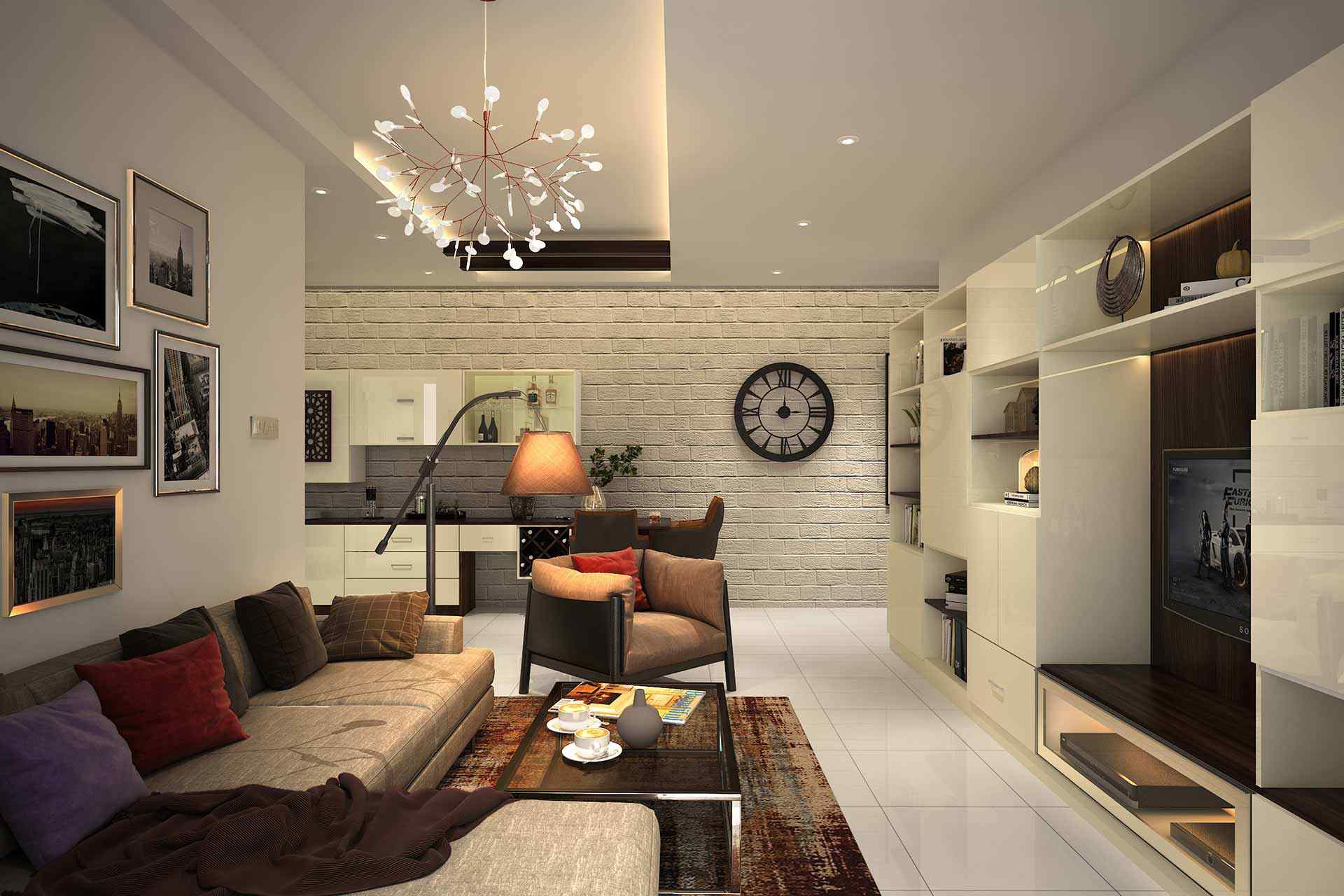
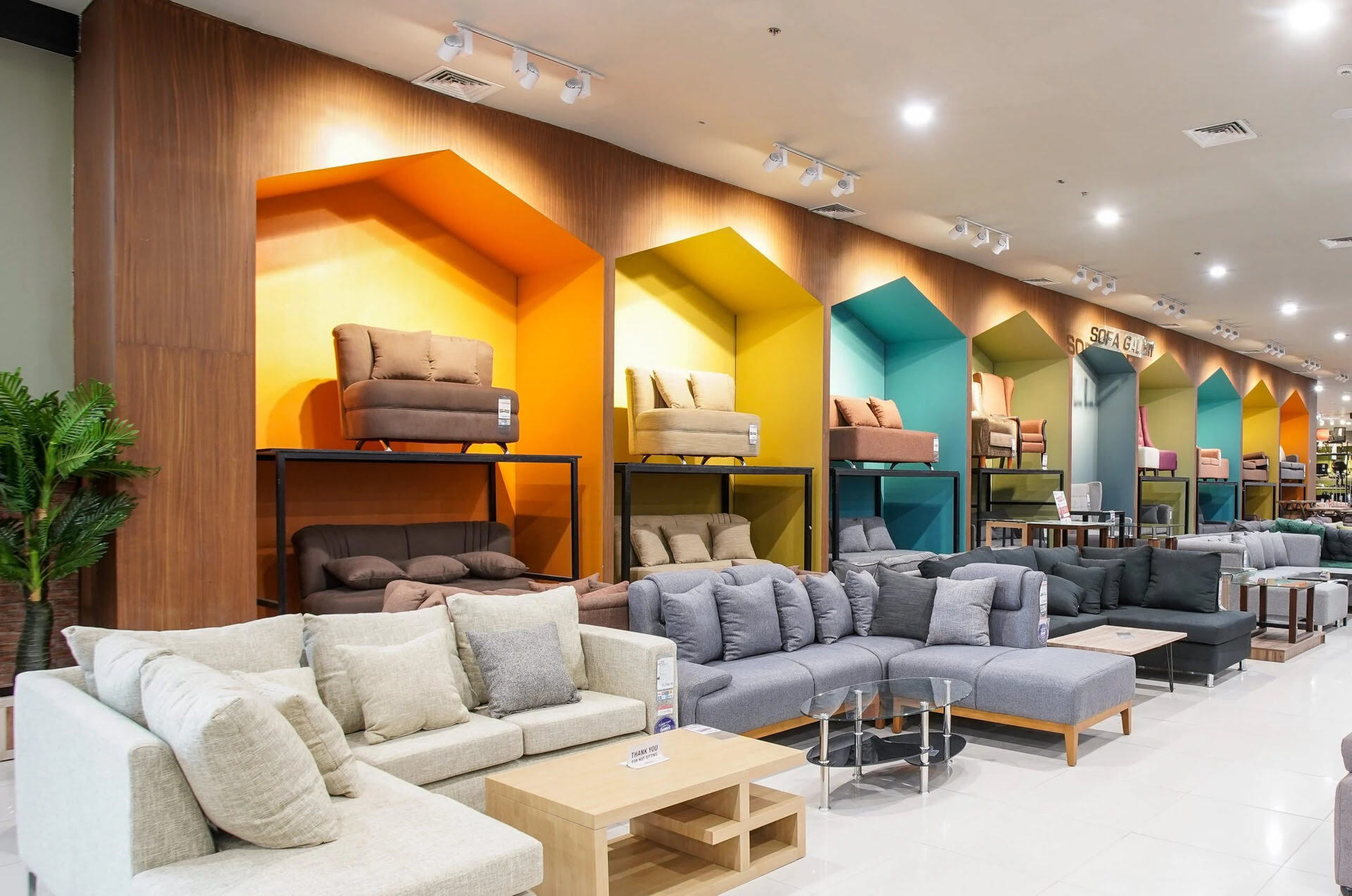
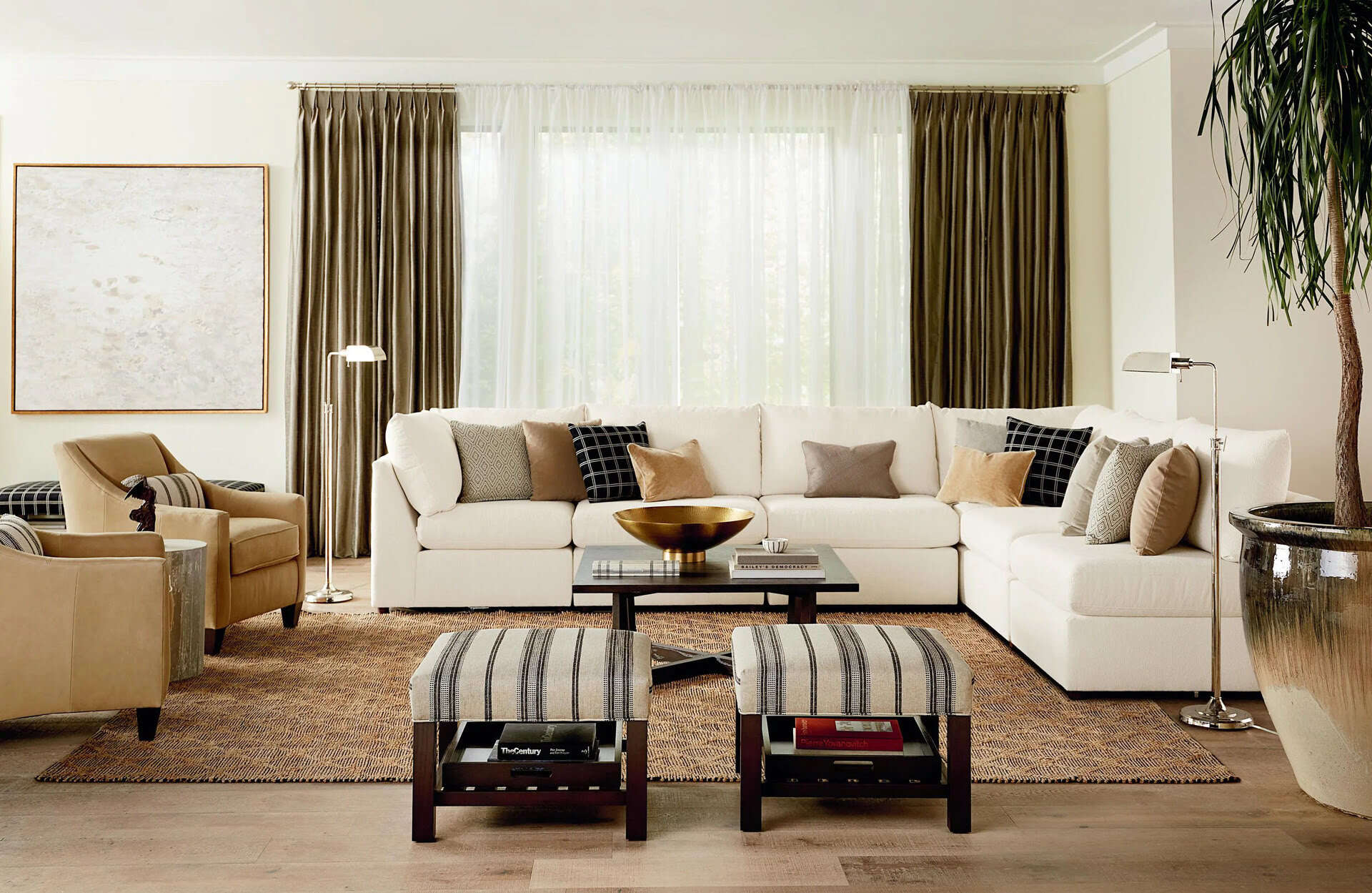
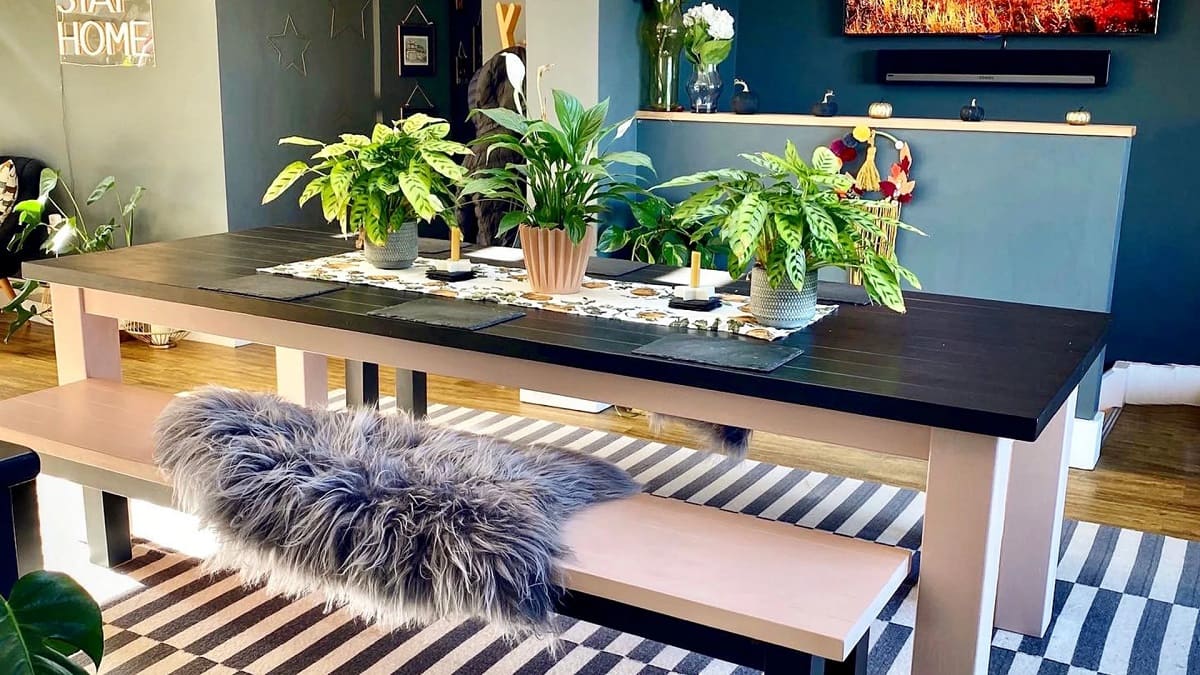
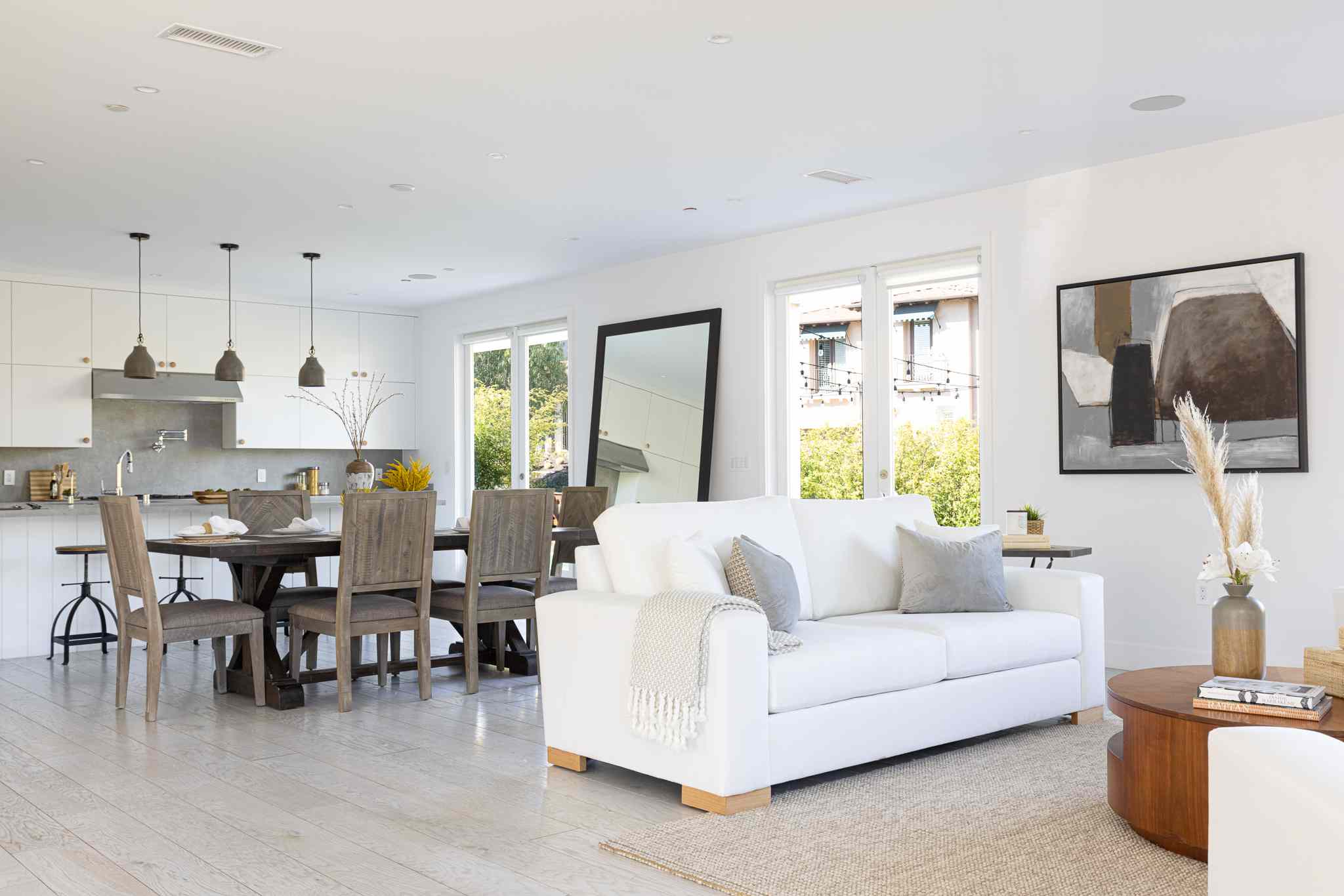
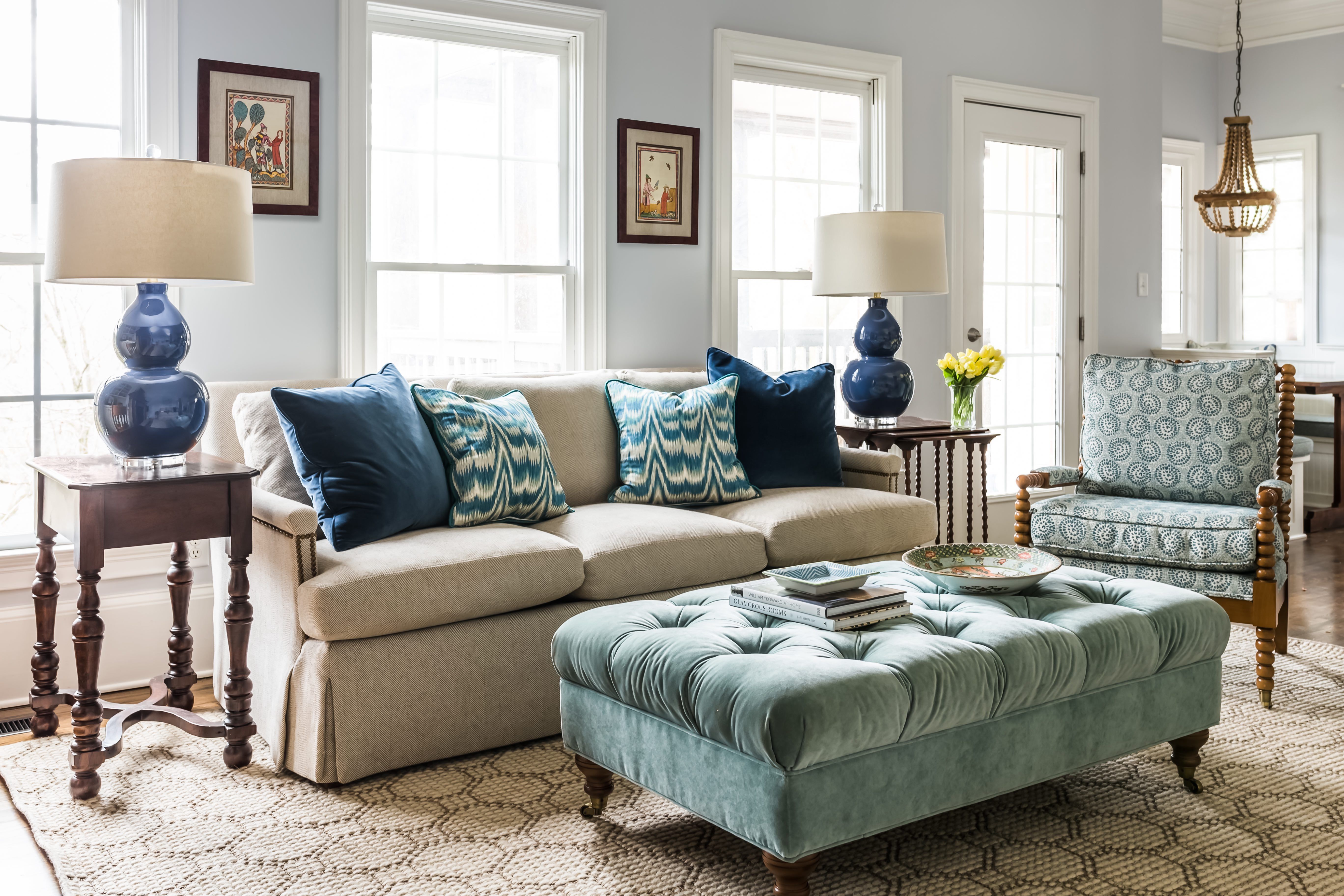
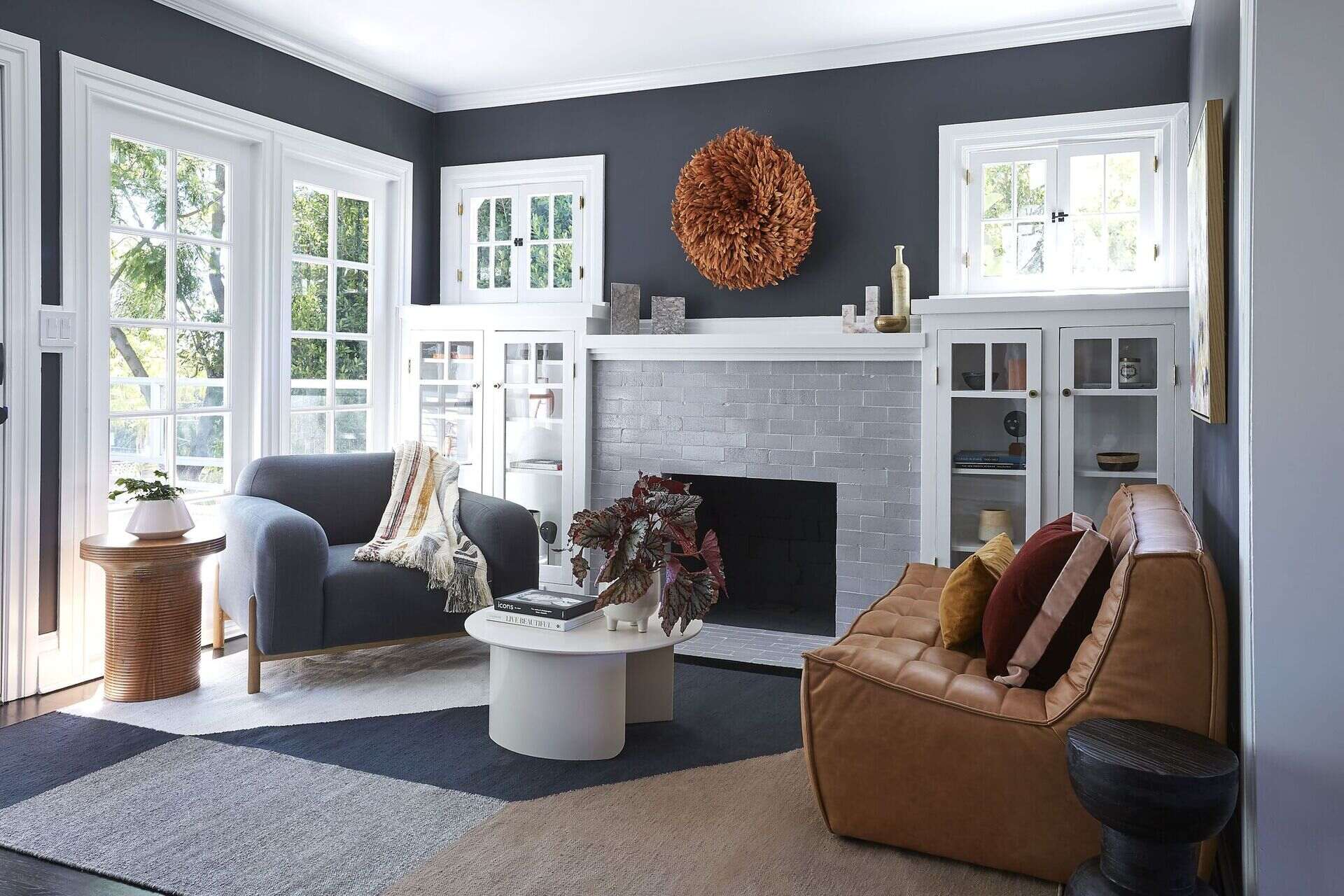
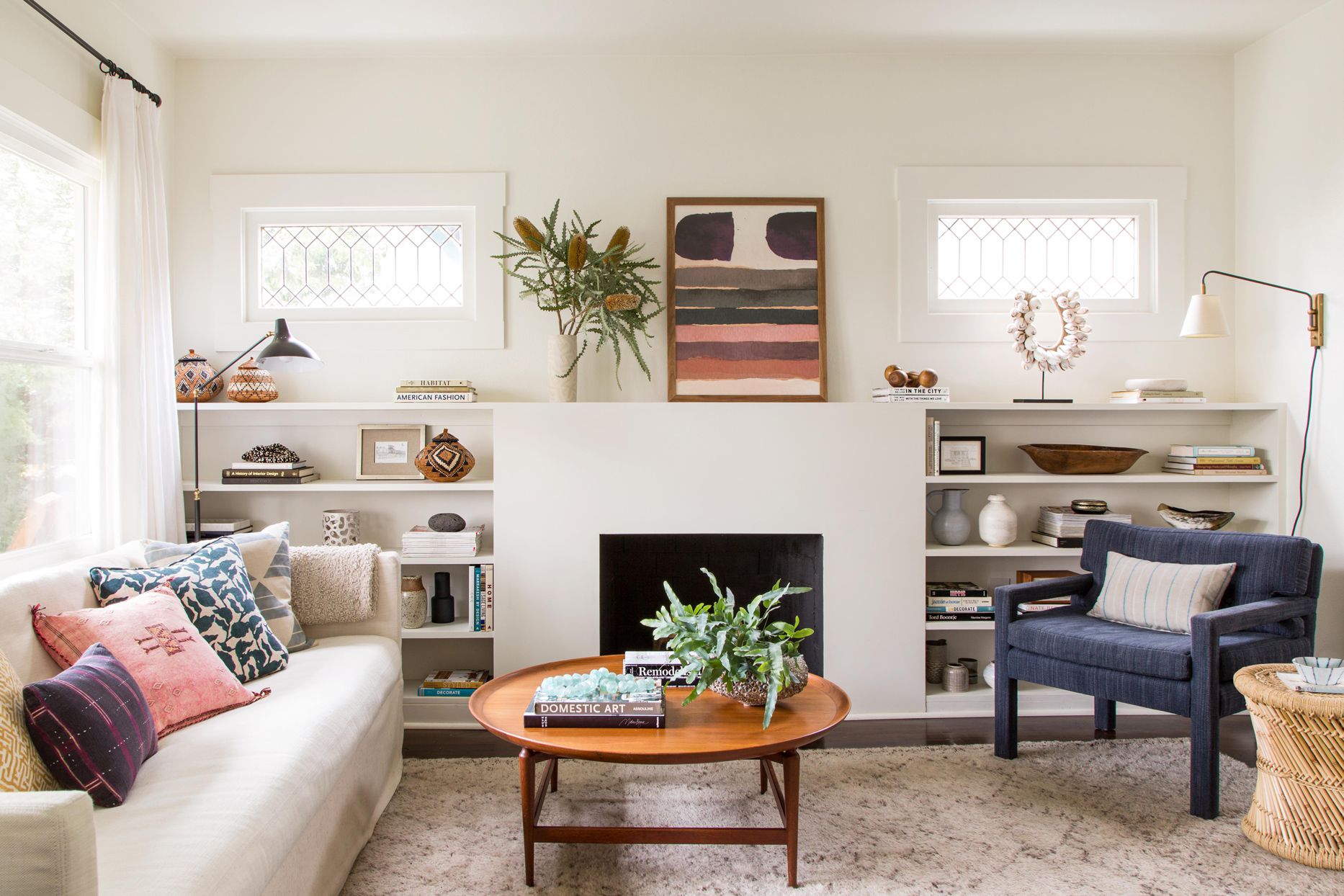
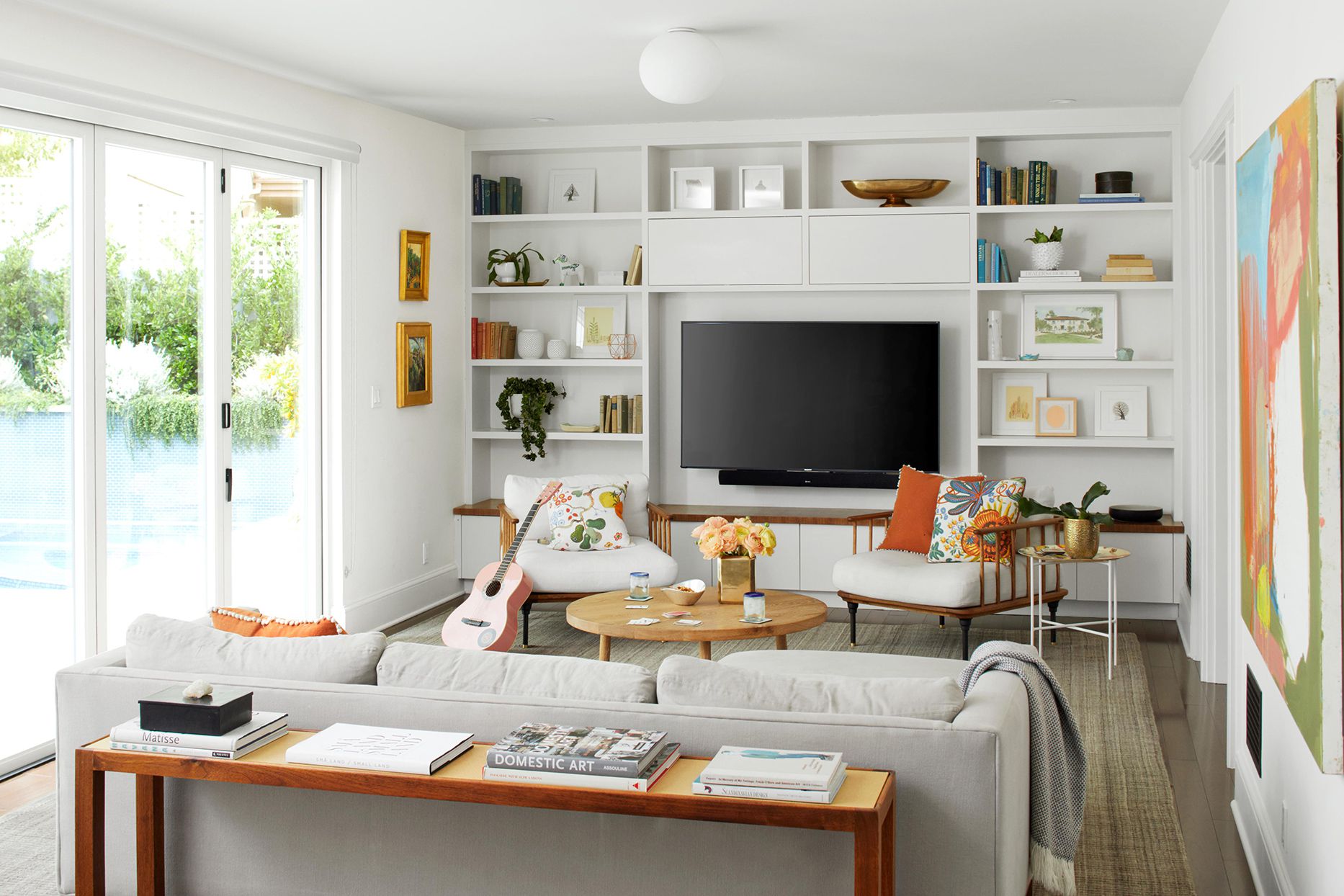
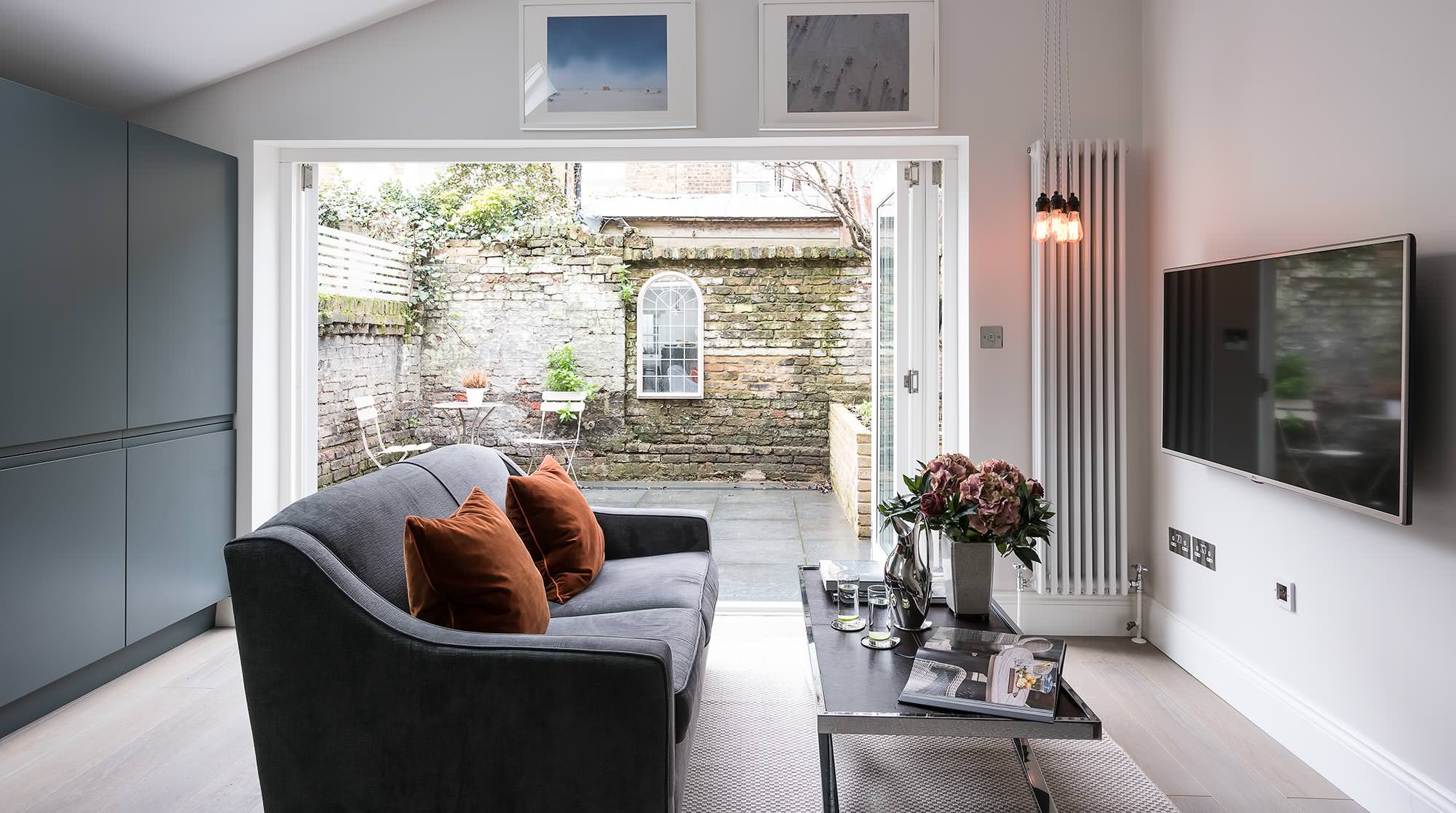
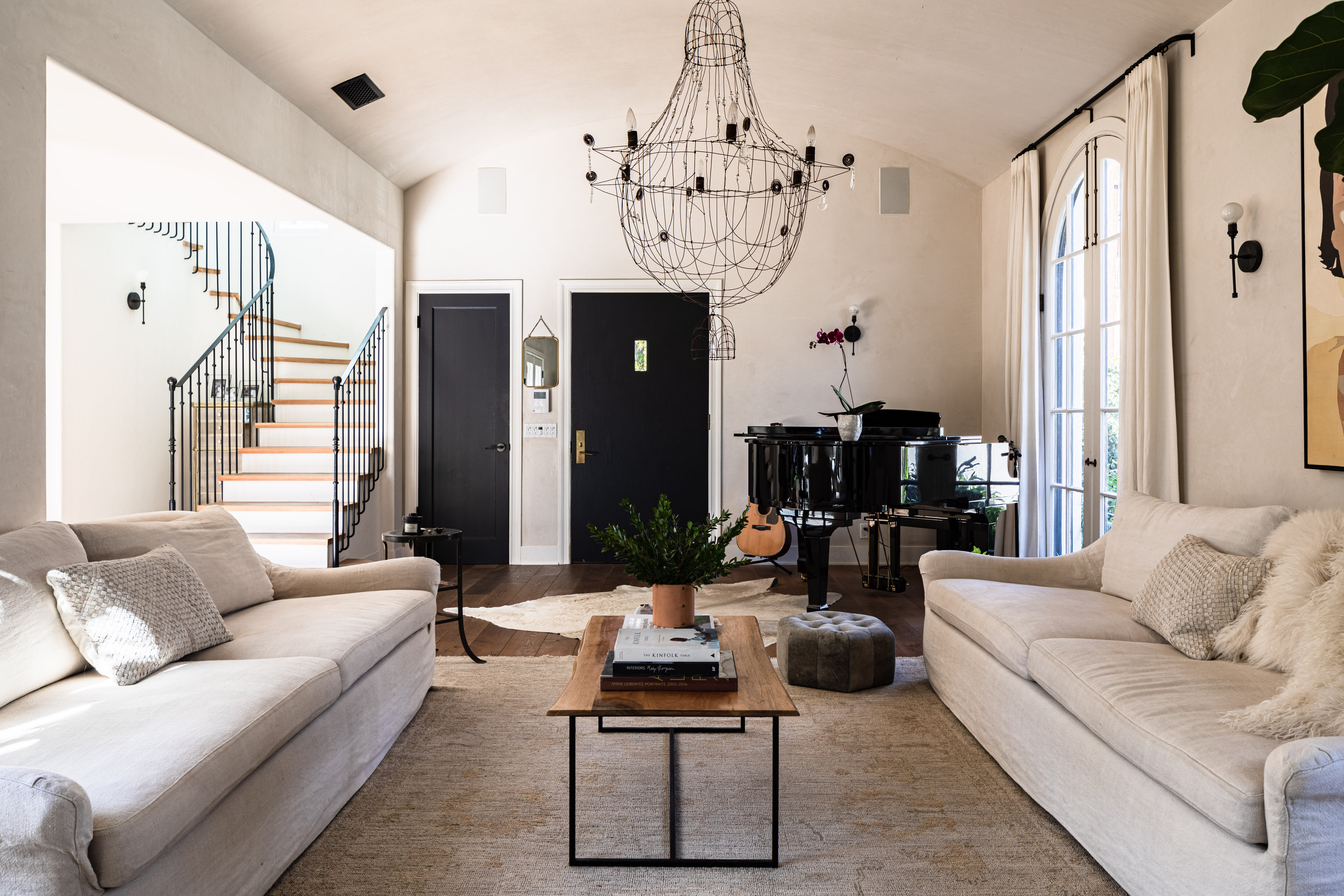
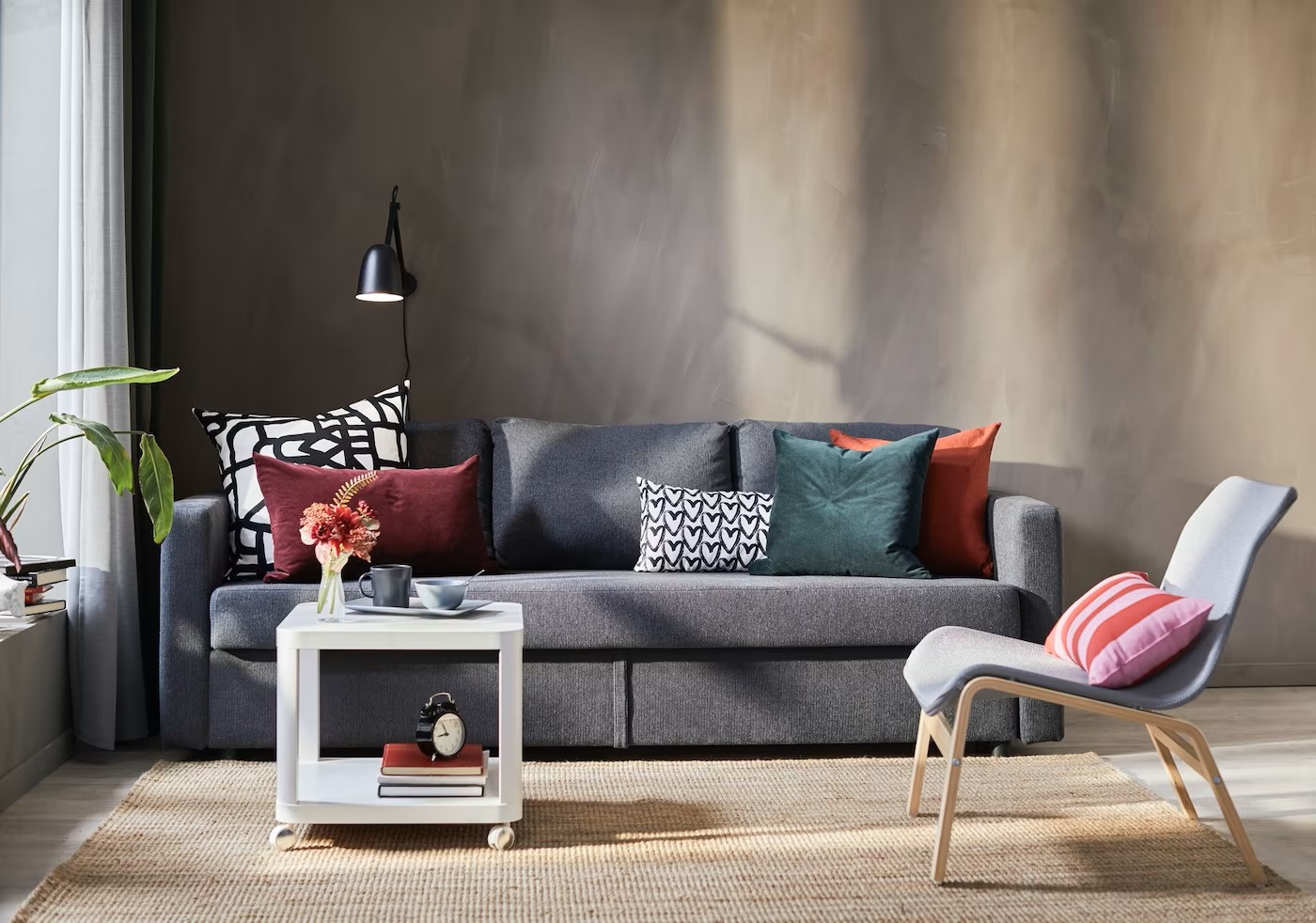
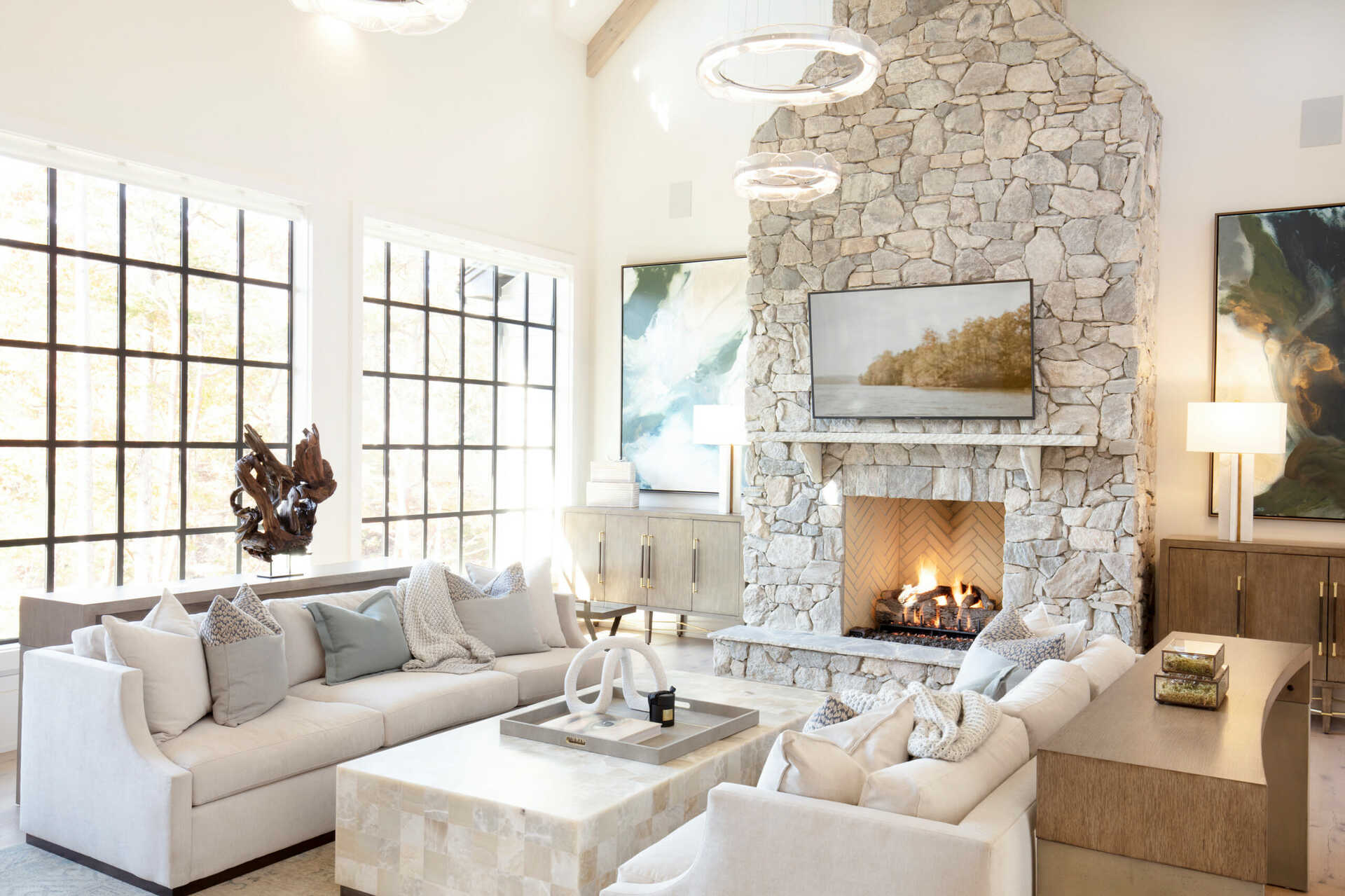

0 thoughts on “How To Set Up Furniture In Living Room”